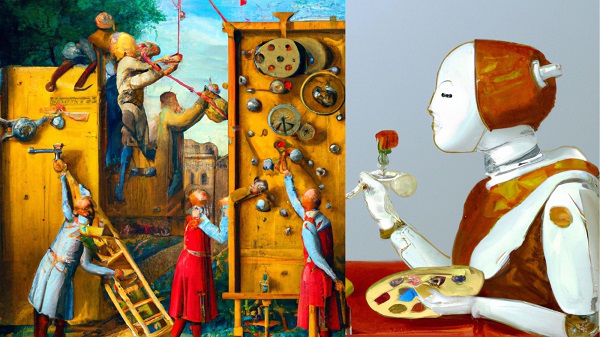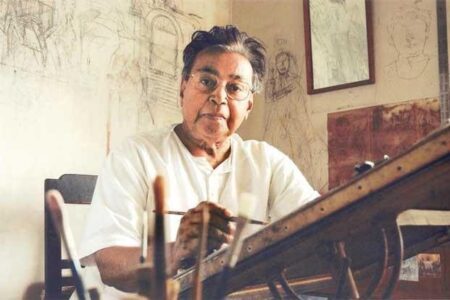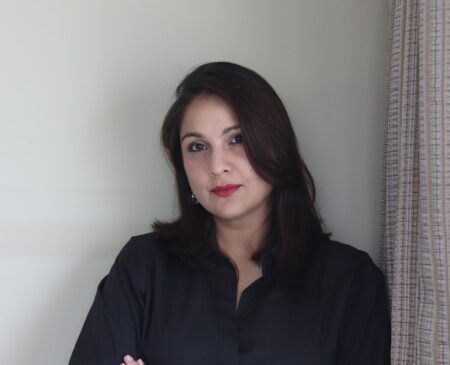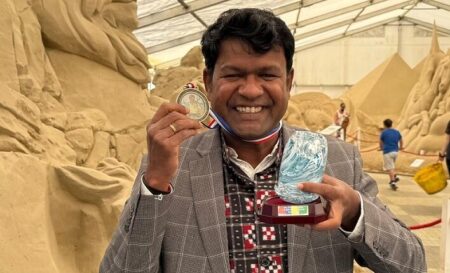Unveiling the captivating world of AI art, where artificial intelligence intersects with creativity
Recently, AI-generated images featuring superstars like Deepika Padukone, Alia Bhatt, Anushka Sharma, Katrina Kaif, Kriti Sanon, Aishwarya Rai Bachchan, Shraddha Kapoor, and Priyanka Chopra have taken the internet by storm. The caption of the post reads, “AI envisions Bollywood actresses gracefully embracing the passage of time, radiating wisdom and beauty as they age.”
These pictures garnered significant attention online, capturing the gaze of numerous social media users. They dubbed the results as “unreal,” and the internet swiftly transformed them into memes with remarkable speed. With the ongoing discussions and excitement surrounding generative AI and art, it is intriguing to witness the potential of AI.
While image-generators like Dall-E 2 can swiftly produce pictures on any desired theme, the American monthly fashion magazine Cosmopolitan proudly proclaimed the world’s first AI-generated magazine cover. Technology investors eagerly embrace the dawn of a new era, hailed as the “generative AI” era. Furthermore, the capabilities of image generation have expanded to video as well, evident through the launch of Google’s Imagen Video and Meta’s Make-A-Video. In the realm of AI in art, some creatives express concern, while others remain sceptical of the prevailing hype.
AI in art
AI intersects with the world of art and gave rise to AI art, a form of digital art that leverages artificial intelligence tools. While commonly associated with visual art, encompassing images and videos, AI art also extends to audio compositions, including music. This emerging field challenges the conventional narrative of human creativity as the sole driver of artistic expression throughout history.
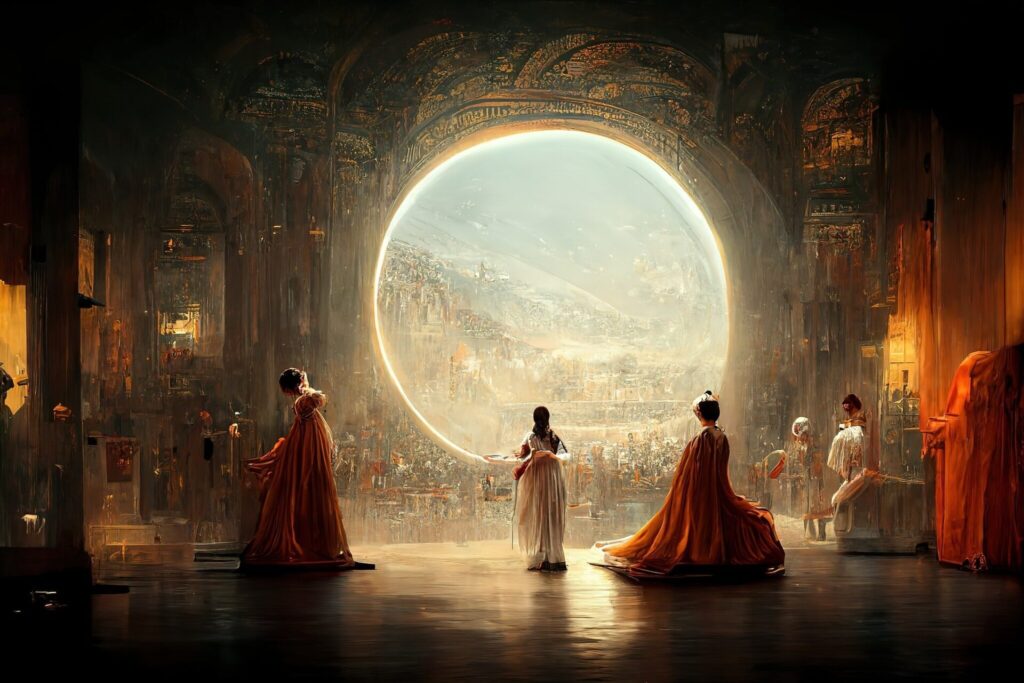
AI art harnesses the power of machine learning algorithms and computer technology. By training on an extensive corpus of existing artwork, these algorithms learn to recognize and describe artistic elements. They then employ deep learning techniques to manipulate or enhance existing human creations or even generate entirely new works of art.
The roots of AI art can be traced back to the late 1960s, marked by the emergence of notable systems like Aaron. In 1973, Aaron, a symbolic AI assistant specializing in black-and-white art drawings, made its debut. As time progressed, the technology and tools advanced, empowering users to modify existing images or generate entirely new ones with AI’s assistance. In 2021, OpenAI unveiled Dall-E, a publicly accessible system that allows anyone with internet access to delve into the possibilities of AI art through text prompts. This release provided a glimpse into the potential of this burgeoning field.
Presently, numerous existing artist software packages are incorporating rudimentary AI capabilities to automate simple repetitive tasks. The aim is to enhance users’ efficiency and eliminate time-consuming manual operations.
What is good?
One notable advantage of AI art lies in its efficiency. It enables anyone to produce artwork or even entire collections in a fraction of the time required by traditional non-AI methods. Moreover, AI art facilitates the creation of visually captivating or sonically complex compositions that might otherwise be challenging to achieve. Text-to-image generative AI tools like Dall-E or Stable Diffusion exemplify this progress, as users can now describe the image they desire through text prompts, eliminating the need for drawing skills.
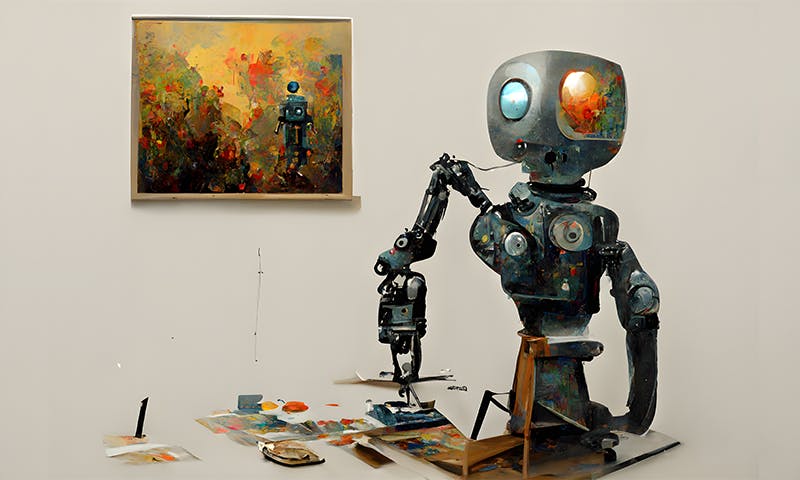
As AI and machine learning (ML) components in digital art packages grow more sophisticated, artists gain access to new tools for creative exploration and unforeseen avenues. These AI-based solutions can produce outcomes that were previously inconceivable, expanding the boundaries of artistic imagination.
What is not so good?
What makes the new breed of AI tools different, some critics believe, is not just that they’re capable of producing beautiful works of art with minimal effort. It’s how they work. Apps like DALL-E 2 and Midjourney are built by scraping millions of images from the open web, then teaching algorithms to recognize patterns and relationships in those images and generate new ones in the same style. That means that artists who upload their works to the internet may be unwittingly helping to train their algorithmic competitors.
Critics also argue that AI-generated images lack the profound emotional impact and intentional expression associated with human-created art. They express concerns that AI may devalue the role of artists, diminish the uniqueness of artistic expression, and contribute to the commercialization of art. Furthermore, ethical considerations arise when AI-generated images imitate the styles of specific artists or violate copyright laws. Questions surrounding the ownership and attribution of AI-generated art further complicate the discourse on AI art. However, these debates fail to impede the growing trend of AI art.
With advancing technology and the implementation of ethical and responsible AI guidelines, the future of AI art is poised for significant changes. Artists and AI models will seamlessly collaborate, blending human creativity and machine intelligence, thereby not only redefining imagination but also pushing the boundaries of aesthetics. AI will serve as a potent and intuitive tool for artists, providing real-time feedback, suggestions, and interactive art experiences.”

